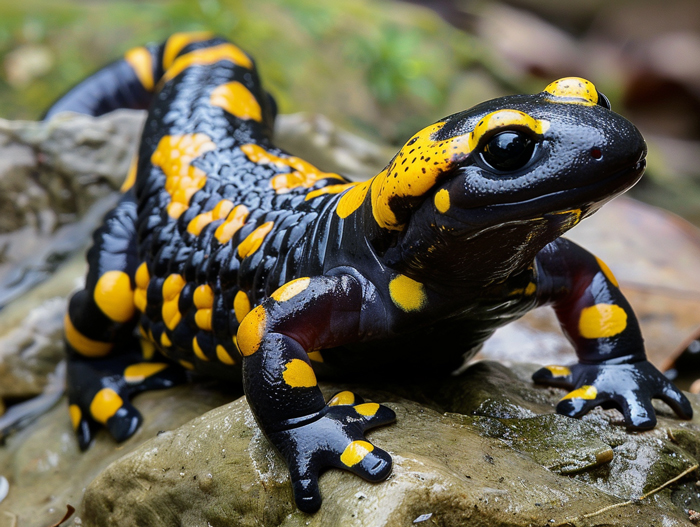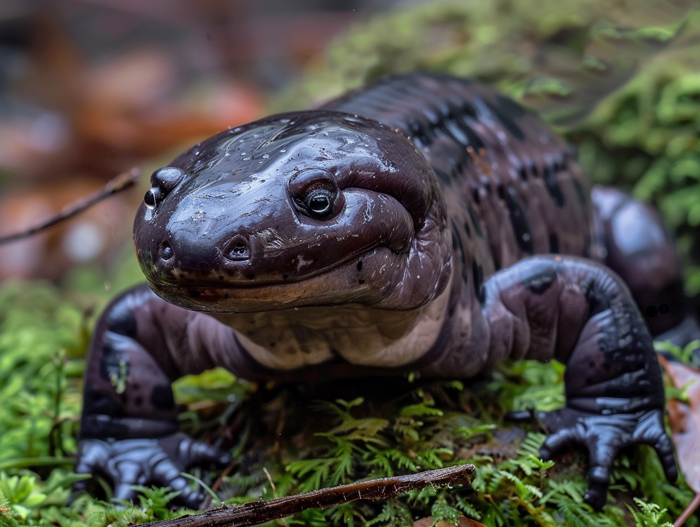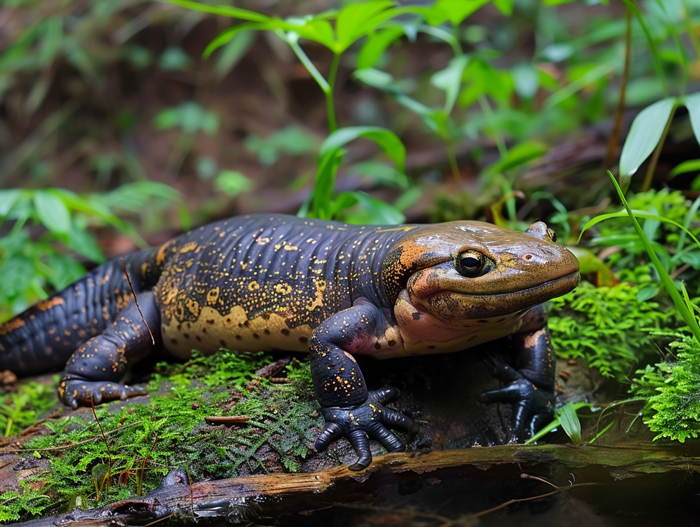Curious about how big salamanders can get? These fascinating creatures come in various sizes, with some species reaching impressive lengths. From the petite pygmy salamanders to the giant Chinese giant salamander, these amphibians showcase a wide range of sizes in the animal kingdom. Wondering just how large these creatures can grow in the wild? Let’s jump into the world of salamanders and explore their incredible diversity in size and shape.
As you investigate into the area of salamanders, you’ll discover the remarkable adaptations that allow these creatures to thrive in diverse habitats. Whether you’re a nature enthusiast or simply intrigued by the wonders of the animal world, understanding the potential size of salamanders sheds light on their evolutionary journey. Ready to uncover the secrets behind the varying sizes of these amphibians? Join us on a captivating exploration of the incredible world of salamanders and their astonishing growth potential.
Key Takeaways
- Salamanders exhibit a wide range of sizes, from tiny pygmy salamanders at 0.8 inches to the giant Chinese salamander reaching up to 6 feet in length.
- Factors influencing salamander size include genetics, environmental conditions, habitat diversity, and predation pressure.
- Large salamanders, like the Chinese and Japanese giant salamanders, play a crucial ecological role by controlling insect populations and regulating the food chain in their habitats.
- Human activities such as pollution and habitat destruction pose significant threats to the survival of large salamander species.
Overview of Salamanders

Introduction to Salamanders
Salamanders are fascinating amphibians known for their diverse sizes and unique adaptations. They belong to the order Caudata and are characterized by their moist skin and long bodies. These creatures are typically found in moist environments like forests, lakes, and streams, where they play crucial roles in local ecosystems.
- Pygmy Salamanders: These tiny salamanders, such as the Thorius arboreus, are among the smallest known species, with adults reaching sizes as small as 0.8 inches.
- Chinese Giant Salamander: On the other end of the scale, this species holds the title of the largest amphibian globally, with individuals growing up to an astounding 6 feet in length.
- Tiger Salamanders: Known for their distinctive yellow and black markings, these North American species can grow to sizes ranging from 6 to 14 inches, depending on the subspecies.
| Species | Maximum Size |
|---|---|
| Pygmy Salamanders | 0.8 inches |
| Chinese Giant Salamander | 6 feet |
| Tiger Salamanders | 6 – 14 inches |
Keep reading to discover more about salamander species and the incredible diversity of these unique creatures.
Size Variation in Salamanders

Factors Influencing Salamander Size
- Genetics: Salamander size is largely determined by genetics, with different species having distinct growth potentials.
- Environmental Conditions: Factors like temperature, humidity, and food availability directly impact a salamander’s growth rate.
- Habitat Diversity: Salamanders in diverse habitats may exhibit a wider range of sizes due to varying environmental pressures.
- Predation: Pressure from predators can influence the size of salamanders, leading to adaptations for survival.
| Salamander Species | Maximum Length |
|---|---|
| Chinese Giant Salamander | 6 feet |
| Japanese Giant Salamander | 5.9 feet |
| South China Giant Salamander | 5.9 feet |
Implications of Large Salamanders

Ecological Impact
- Large salamanders play a vital role in their ecosystems by controlling insect populations.
- Their size allows them to prey on a variety of organisms, contributing to the balance of local wildlife.
- As apex predators, they help regulate the entire food chain within their habitats.
- Human activities such as pollution and habitat destruction threaten the survival of large salamander species.
- Some cultures regard large salamanders as symbols of luck or prosperity, affecting their conservation status.
- Research efforts focus on understanding and protecting these creatures for future generations.
Conclusion
Large salamanders play a crucial role in their ecosystems as top predators, regulating insect populations and contributing to the biodiversity of their habitats. Human activities pose significant threats to these fascinating creatures, including pollution and habitat destruction. Understanding and conserving these species is essential for preserving the delicate balance of local wildlife. Also, the cultural significance of large salamanders in various societies highlights the importance of raising awareness about their conservation. Research efforts are vital for ensuring the survival of these unique creatures for future generations.

Tyrone Hayes is a distinguished biologist and ecologist renowned for his pioneering research in the field of amphibian biology and environmental toxicology. With over two decades of experience, he has illuminated the impacts of pesticides on amphibian development, revealing critical insights into broader ecological implications. Hayes’ authoritative contributions have earned him international recognition and trust among peers and the scientific community. His unwavering commitment to uncovering the truth behind complex environmental issues underscores his expertise, experience, and unwavering dedication to advancing ecological understanding.
